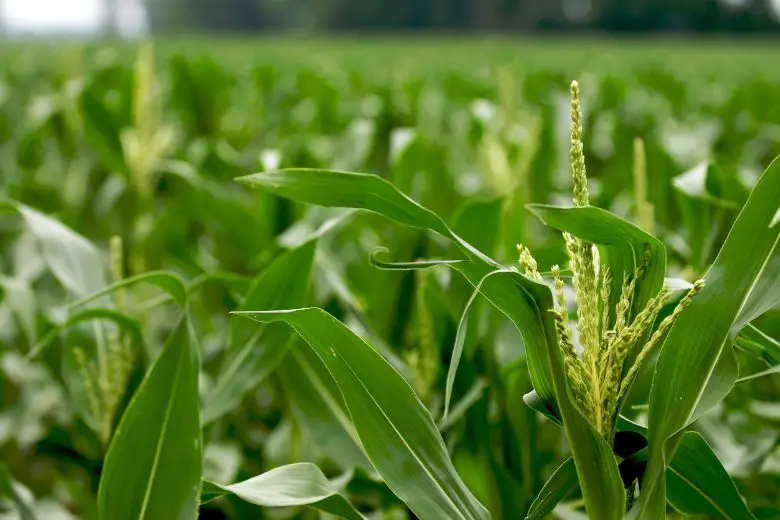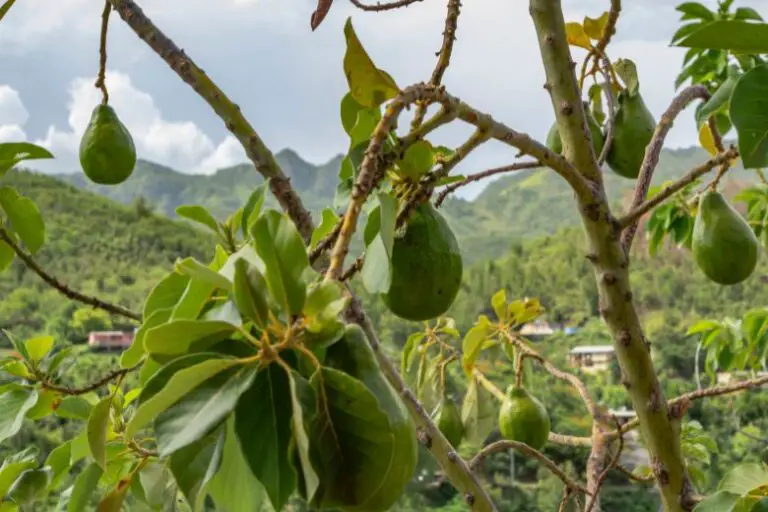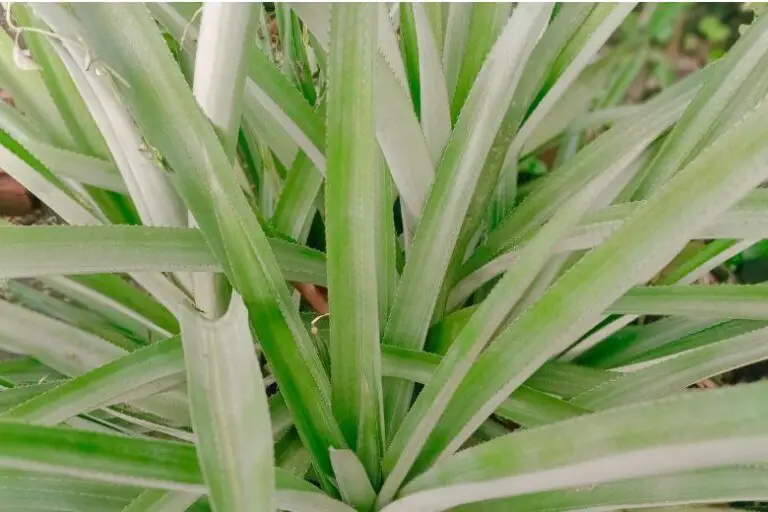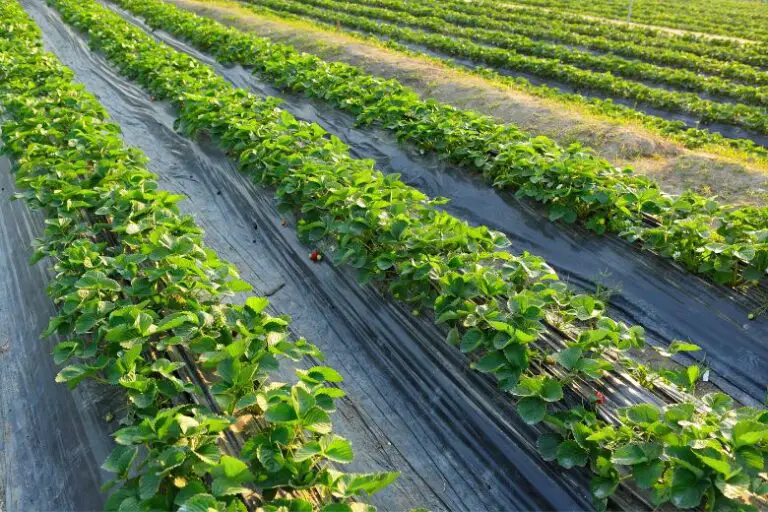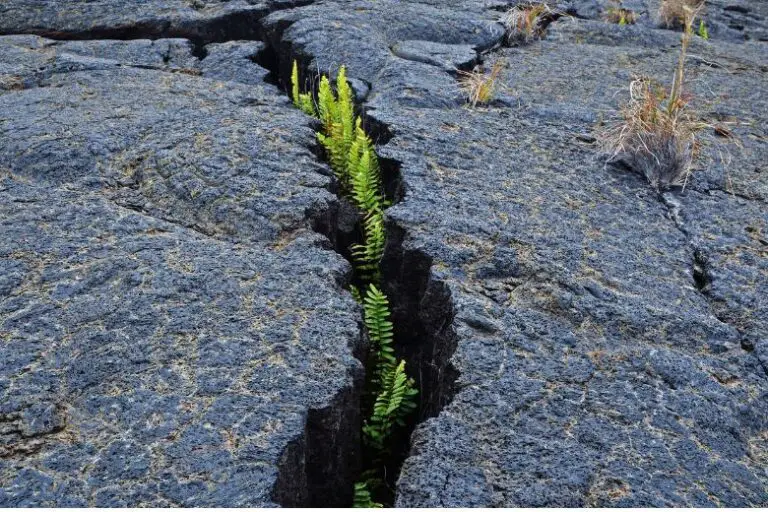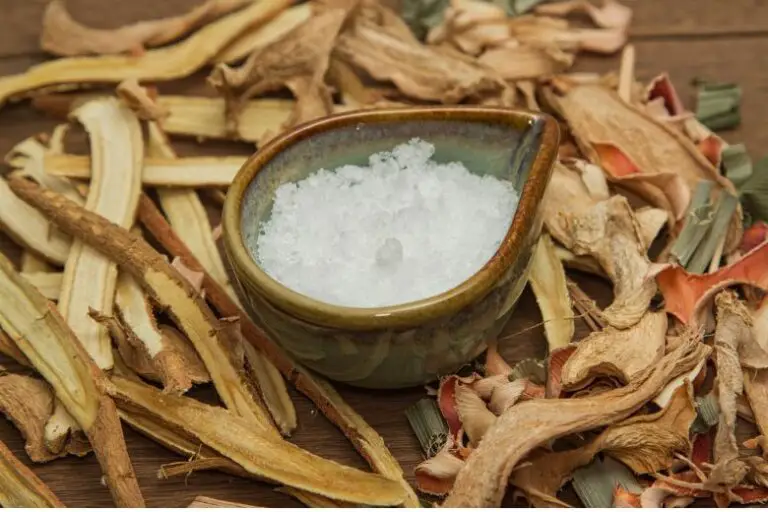How Corn is Cultivated
Corn, also known as maize, is one of the most important cereal crops globally. It has been cultivated for thousands of years and plays a significant role in human nutrition and various industrial applications.
Preparing the Soil
Before planting corn, preparing the soil is crucial to ensure healthy crop development. Farmers should select a suitable site with adequate sunlight and drainage. Conducting soil tests and analyzing nutrient levels will help determine any deficiencies. Various techniques, such as plowing, tilling, or using no-till methods, can be employed to prepare the soil effectively.
Choosing the Corn Variety
Selecting the right corn variety depends on factors like climate, soil type, and intended use. Understanding the differences between sweet corn, field corn, and popcorn is essential. Farmers should also consider disease resistance, maturity period, and yield potential when making their selection.
Planting the Corn
The timing of corn planting is crucial for optimal growth. Planting should be done when the soil has warmed up sufficiently. Proper seed spacing and depth are essential for healthy root development. Additionally, applying the right amount of fertilizer and providing adequate water during this stage will contribute to a successful crop.
Nurturing the Crop
Weed management is vital to prevent unwanted competition for resources. Farmers should be proactive in identifying and controlling pests and diseases that can harm the corn crop. Rotating corn with other crops helps maintain soil health and reduce the risk of disease buildup.
Understanding Corn Growth Stages
Corn goes through several growth stages, each with specific characteristics and requirements. Germination and emergence mark the beginning of a corn plant’s life. The vegetative stage involves leaf and stalk development, while the reproductive stage is when the ears start forming.
Corn Pollination
Pollination is a critical step in corn cultivation, as it determines the number of kernels on each ear. Factors like weather conditions and insect activity can influence successful pollination. Farmers should understand the importance of maintaining a healthy population of pollinators on their farms.
Corn Harvesting
Harvesting corn at the right time is vital for maximum yield and quality. Farmers can assess corn maturity by checking the moisture content and kernel development. Depending on the scale of the operation, corn can be harvested by hand or using specialized machinery.
Post-Harvest Handling
Proper post-harvest handling ensures the quality and longevity of harvested corn. Drying the corn to the appropriate moisture level is essential to prevent spoilage. Adequate storage conditions help minimize post-harvest losses due to pests and environmental factors.
Industrial Applications of Corn
Corn has a wide range of applications beyond human consumption. It serves as a vital ingredient in various food products, including corn syrup, cornstarch, and corn oil. Additionally, corn is a primary component of animal feed and plays a crucial role in biofuel and ethanol production.
Sustainable Corn Cultivation Practices
Sustainability is a growing concern in agriculture. Conservation agriculture and precision farming techniques help reduce environmental impact while improving crop yields. Adopting these practices ensures the longevity of corn cultivation while preserving natural resources.
The Future of Corn Cultivation
Advancements in genetic engineering hold promise for improving corn varieties, making them more resistant to pests and environmental stress. Additionally, climate change poses challenges and opportunities for adapting corn crops to changing conditions.
Conclusion
Corn cultivation is a complex and rewarding process that has evolved over centuries. From the early stages of soil preparation to the excitement of harvest, farmers play a critical role in bringing this essential crop to our tables and various industries. By embracing sustainable practices and staying abreast of technological advancements, corn cultivation will continue to thrive, ensuring food security and economic prosperity for generations to come.

